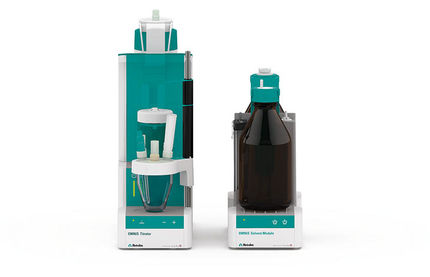To use all functions of this page, please activate cookies in your browser.
my.chemeurope.com
With an accout for my.chemeurope.com you can always see everything at a glance – and you can configure your own website and individual newsletter.
- My watch list
- My saved searches
- My saved topics
- My newsletter
Slip (ceramics)Slip in a ceramic context is made by mixing clays and other minerals with water and usually a deflocculant such as sodium silicate. The addition of a defloculant allows the water content to be kept to a minimum which reduces the amount of shrinkage when slipcasting. The mixing can be by hand or more usually in a blunger. Product highlightSlip can be used decoratively when placed onto the leather-dry clay body surface by dipping, painting or splashing, this is often described as slipware. Slip is also used as a sort of glue; two pieces of clay are "scored" (slashed shallowly), slip is applied to both pieces, and then the two pieces of clay are joined. This is almost always necessary when manually attaching pieces such as handles, spouts, and other pieces of clay added to the body. |
| This article is licensed under the GNU Free Documentation License. It uses material from the Wikipedia article "Slip_(ceramics)". A list of authors is available in Wikipedia. |







